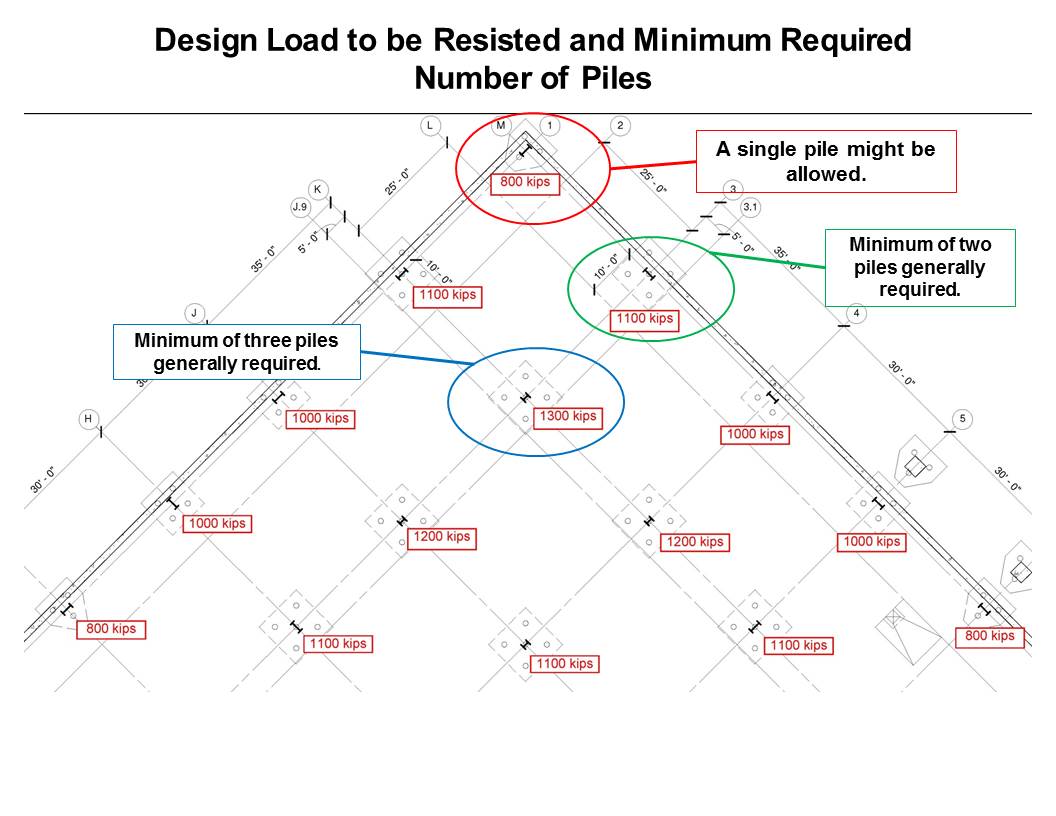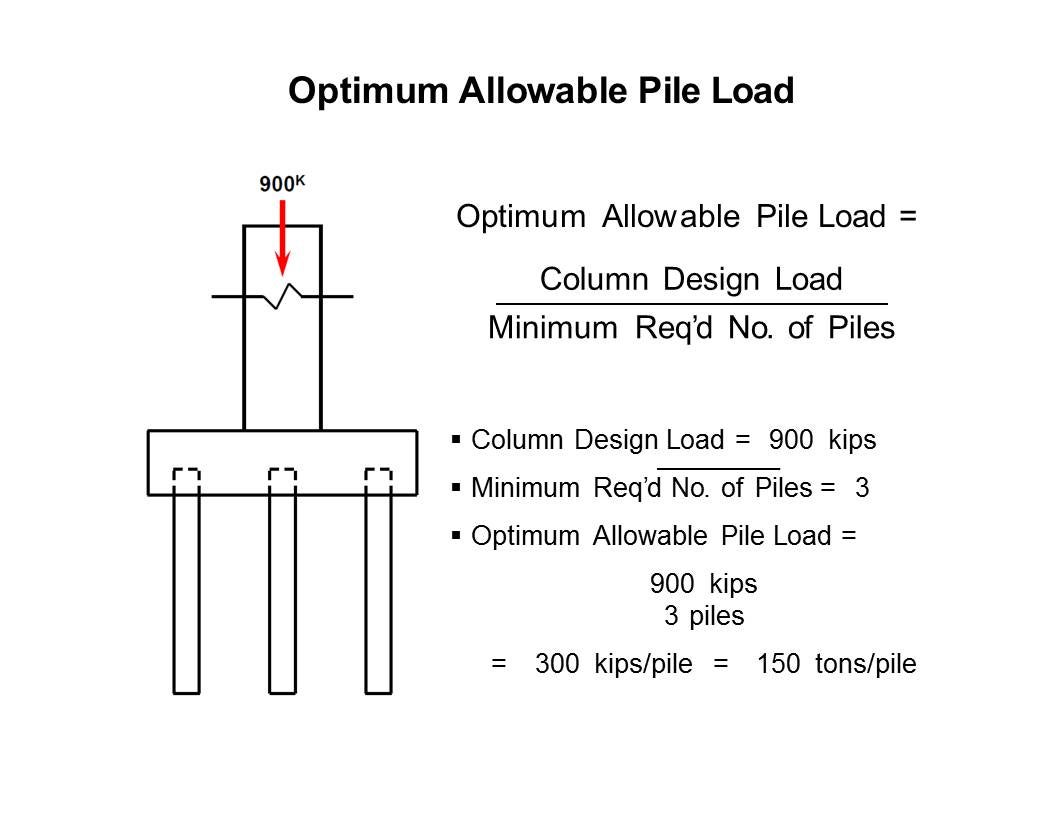Improved Pile Design: Load Matching Evaluation (Part 1)
As a continuing service to our clients, Atlas Tube routinely enlists the services of industry leaders in matters related to driven pipe piles. This is the third in a series of topics provided at our request by Wagner Komurka Geotechnical Group, Inc.
Our last pipe piling series presented the concept of foundation support cost as it applies to driven piles. One of the concepts stressed was that, in general, piles with higher allowable loads are likely to be more-cost-effective than piles with lower allowable loads. An important caveat to using higher-allowable-load piles on a project is that structure loads warrant their use (i.e., unutilized capacity is not installed).
The allowable pile load(s) used on a project can have a significant impact on foundation cost, schedule, and risk. Driven-pile design often involves a “one-size-fits-all” approach, using a favorite pile section and/or a common allowable-pile load for every project, including projects with a wide range of structural loads. This approach routinely produces an inefficient design. A load matching evaluation is the first step to improved pile design, providing a rigorous, quantitative approach to judicious allowable pile load selection, with cost considered.
Pile design should start with an understanding of the structure loads to be resisted, as resistance to structure loads is why piles are installed. Piles are below-grade extensions of the above-grade structure they support, and their design should be integrated with the above-grade structure. Too often, pile design recommendations (pile type, section, and capacity and/or allowable load) are provided without detailed knowledge of structure-support requirements. Pile design will benefit from better communication between geotechnical and structural engineers, with each gaining a better understanding of how one’s design requirements and recommendations affects the other.
For example: on a driven-pile project, the geotechnical engineer requested structure load information from the structural engineer. The structural engineer was reluctant to provide loading information, replying that to design the piles, the geotechnical engineer only needed to determine how much load the soil could support. The geotechnical engineer replied that recommendations could be provided for piles having allowable loads ranging from 30 to 300 tons, and that a load-matching evaluation would determine the most-appropriate allowable pile load(s) for the project.
Beneath columns, structure support requirements consist of two basic components: the design load to be resisted, and the minimum number of piles required to satisfy structural stability (Figure 1). At each column location, the column design load is divided by the minimum required number of piles, which determines the optimum allowable pile load for that column (Figure 2). For a given column, use of the optimum allowable pile load results in no additional piles installed, and no wasted pile capacity, saving cost.
Figure 1 Figure 2
Obviously, it is impractical to install optimum allowable load piles beneath each column; such design would result in an inordinate number of different allowable pile loads on a project. The determination of which allowable load(s) is/are best-suited for a project will be illustrated in Part Two of the Load Matching Evaluation series.
If you missed our previous blog posts about coset-effective pile design, you can find them here and here. For more information, visit wkg2.com for available webinars and technical papers, or email Van E. Komurka at komurka@wkg2.com.


